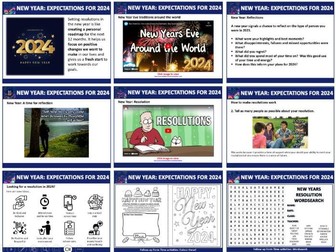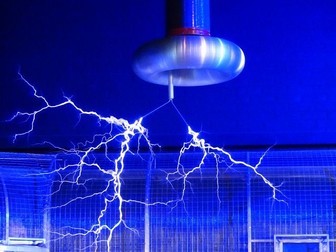
Fake news + Critical Thinking
A 90 mins - 2 hours fully-resourced PSHCE lesson all about the importance of critical thinking and being able to spot and debunk fake news. Students will begin by studying a dubious social media post, before learning all the skills and new terminology they need to take it apart, analyse it and be critical of it through comparison with a variety of credible sources (included).
This has been created to fit with the new PSHE Association guidelines but would also be useful as a Citizenship or Media lesson. It lasts roughly 90 minutes if all tasks completed.
The lesson includes a detailed PowerPoint, detailed information sheets, differentiated challenge activities and worksheets, clips tasks with questions and a debate focus task. These resources have been designed to be engaging, detailed and easy to follow.
The lesson has been left editable and is filled with engaging, well differentiated and challenging activities. The PowerPoint is in the ZIP file as it is large. The images have been uploaded to show what is in the lesson :)
Check out the EC Publishing website for full, affordable PSHE, Citizenship and RE Packages for all year groups including the new 2024 Complete PSHE Package. You can contact us at info@ecpublishing.co.uk
You can find many more inexpensive and free PSHE, Citizenship, Tutor Time and RE resources at my shop: MORE PSHE RESOURCES





















